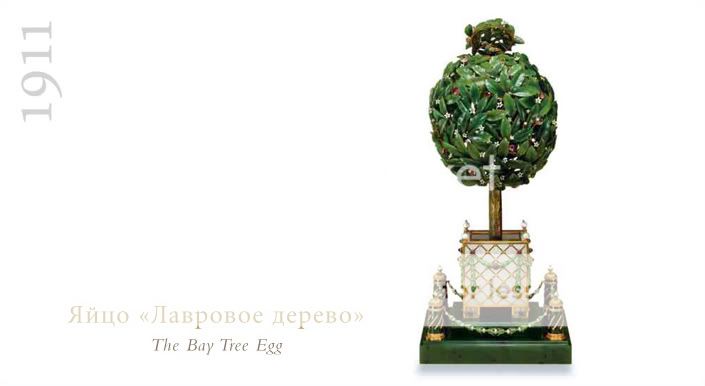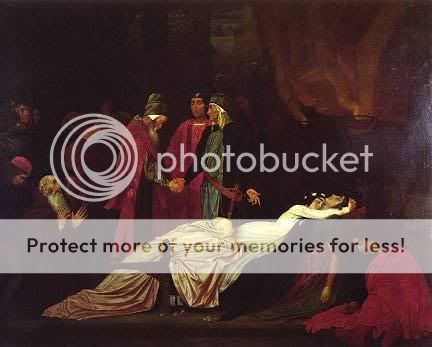Moscow Kremlin Egg - Peter Carl Faberge

The "Moscow Kremlin Egg" of 1904. An enameled gold composition centered on the egg-shaped (removable) dome of the Cathedral of the Assumption in the Moscow Kremlin, in white opalescent enamel, the interior of the church with its carpets, tiny enameled icons and High Altar made visible through four triple windows, surmounted by a gold cupola; flanked by two square and two circular stylized turrets, the former based on the Spassky Tower, bearing the coat-of-arms of the Russian Empire and Moscow and inset with chiming clocks. Standing on a crenelated gold base and octagonal onyx plinth - signed Fabergé, dated 1904, height 14 1/4 inches (36.1 cm). A clockwork music box (with original key) plays Izhe Khveruviny (Cherubim hymn), a favorite hymn of Tsar Nicholas.
Provenance: Presented by Tsar Nicholas II to his wife Tsarina Alexandra Feodorovna, Easter 1906

The "Moscow Kremlin Egg" of 1904. An enameled gold composition centered on the egg-shaped (removable) dome of the Cathedral of the Assumption in the Moscow Kremlin, in white opalescent enamel, the interior of the church with its carpets, tiny enameled icons and High Altar made visible through four triple windows, surmounted by a gold cupola; flanked by two square and two circular stylized turrets, the former based on the Spassky Tower, bearing the coat-of-arms of the Russian Empire and Moscow and inset with chiming clocks. Standing on a crenelated gold base and octagonal onyx plinth - signed Fabergé, dated 1904, height 14 1/4 inches (36.1 cm). A clockwork music box (with original key) plays Izhe Khveruviny (Cherubim hymn), a favorite hymn of Tsar Nicholas.
Provenance: Presented by Tsar Nicholas II to his wife Tsarina Alexandra Feodorovna, Easter 1906

























